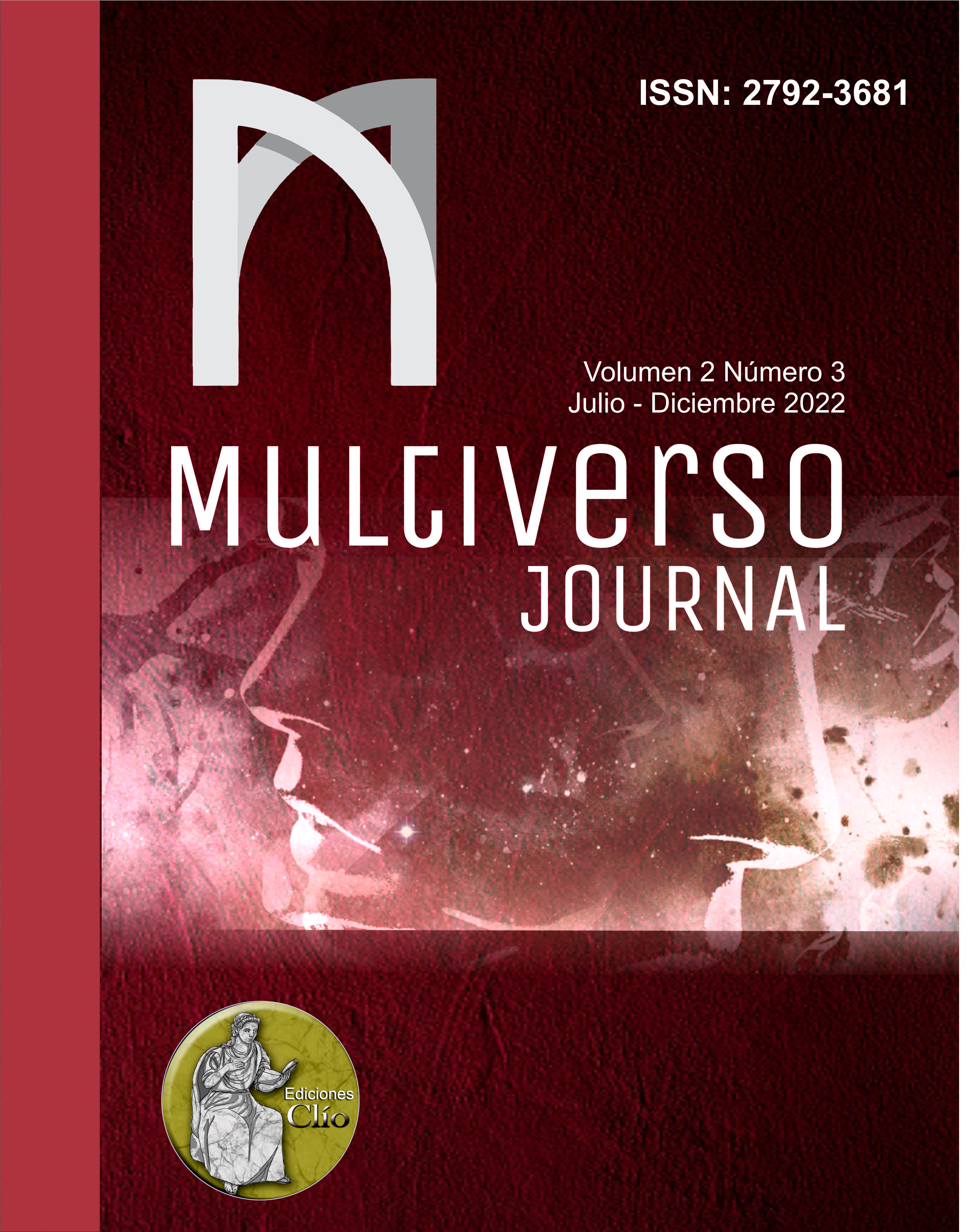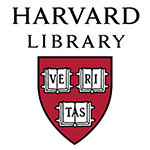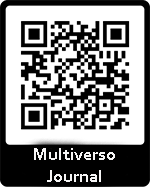Derecho a la verdad dentro del empoderamiento de víctimas en Colombia
DOI:
https://doi.org/10.46502/issn.2792-3681/2022.3.4Palabras clave:
víctima, conflicto armado, verdad y tolerancia, acuerdos convergentes, violencia.Resumen
El objetivo del artículo fue discutir las representaciones del derecho a la verdad como herramienta de empoderamiento de las víctimas del conflicto armado en Colombia. Por lo demás, este documento es producto de una investigación cualitativa, documental de tipo descriptivo, con enfoque hermenéutico. En Colombia a partir del año 2016 el desarrollo del derecho a la verdad, entendido desde la óptica del derecho internacional como medio de empoderamiento de las víctimas del conflicto armado, donde se conceptuó que el Gobiernos Nacional, los Factores Reales de Poder y la Sociedad podrían no estar permitiendo, ni exigiendo, que las víctimas satisfagan su derecho a la verdad, que es tanto conocerla como expresarla. Se concluye que para el ejercicio del derecho a la verdad puede tener un papel muy importante el reconocimiento de experiencias, relatos y narraciones como medio para cultivar la tolerancia que solo se da con el reconocimiento del otro, lo que incluye el empoderamiento a los agentes del Estado como víctimas. Problemática que continua hasta hoy, por lo que se presenta una propuesta de solución viable a través de acuerdos convergentes; con narrativa y reconocimientos de las partes interesadas.
Citas
Acto Legislativo 01 de 2006 (Senado de la Republica 07 de 07 de 2016).
Albornoz, N. S. (1977). La población de América Latina. Desde los tiempos precolombianos hasta el año 2000. Madrid: Alianza.
Arbeláez-Campillo, D. F., Correa, L., Lopez de Parra, M. L., & Rojas-Bahamon, M. J. (2017). Rendimiento académico en estudiantes de secundaria según asignaturas, estrato socioeconómico y su contacto con el conflicto armado en Colombia/Academic performance in high school students according to study courses, socioeconomic strata and their contact with the armed conflict in Colombia. Revista Latinoamericana de Estudios Educativos, 47(3-4), 155. https://link.gale.com/apps/doc/A681277821/IFME?u=anon~6361ac10&sid=googleScholar&xid=a66aa410
Auty, R. M. (1995). Resource Abundance and Economic Development. Berlín: Logos.
Bushnell, D. (1993). “Colombia: una nación a pesar de sí misma”. Bogotá D.C: Planeta.
CNN. (26 de agosto de 2016). Obtenido de CNN en español: http://cnnespanol.cnn.com/2016/08/29/ha-servido-el-proceso-de-paz-para-reducir-la-violencia-en-colombia/
Emma Rodero, A. (2000). Concepto y técnicas de la propaganda y su aplicación. Actas del III Congreso Internacional de Cultura y Medios de Comunicación (pág. 14). Salamanca: Universidad Pontificia de Salamanca.
Flórez, G. R. (30 de 11 de 2017). Obtenido de Twitter.: https://twitter.com/riveraguillermo?lang=es&lang=es
Garrafa, V., & Osorio, L. (2009). Epistemología de la bioética. Enfoque latino-americano. Revista Colombiana de bioética, 04 (01), 73-92.
Kottow, M., & Medina, S. (2015). Vinculación entre bioética y salud pública. Bioética y Salud publica en y para América Latina, 165, 17-22.
Ley 12 de 1991. Aprobó la convención sobre Derechos del Niño, (Congreso Republica de Colombia 22 de 01 de 1991).
Ley 1098 de 2006. Código de infancia y adolescencia (Congreso de la República de Colombia 8 de 11 de 2006).
Mires, F. (1996). La revolución que nadie sonó. En F. Mires, La Revolución Paradigmática (págs. 151 - 177). Caracas: Nueva Sociedad.
Modifica articulo 110 código penal colombiano, Ley 1326 de 2009 (Congreso Republica de Colombia 15 de 07 de 2009).
Morin, E. (1994). Los mandamientos de la complejidad. En E. Morin, Ciencia con conciencia (págs. 257-362). Barcelona: Anthropos.
Morin, E. (1994). Por una razón abierta. En E. Morin, Ciencia con conciencia (págs. 293 - 317). Barcelona: Anthropos.
Puyol, Á. (2012). Ética, equidad y determinantes sociales de la salud. Departamento de Filosofía, Universitat Autònoma de Barcelona, 92.
República, P. d. (11 de 30 de 2017). Presidencia de la Republica. Obtenido de http://es.presidencia.gov.co/normativa/actos-legislativos
Rodríguez, G. H. (1949). De los chibchas a la colonia y a la República; del clan a la encomienda y al latifundio en Colombia. Bogotá: Universidad Nacional de Colombia.
Sentencia C - 789 de 2014, Expediente PE-042 (Corte Constitucional de Colombia 21 de 10 de 2014).
Sentencia Caso Rodríguez Vera y otros VS Colombia, Palacio de Justicia (Corte Interamericana de Derechos Humanos 14 de 11 de 2014).
Sentencia SU- 221 de 2015, Expediente T-4314422. (Corte Constitucional de Colombia 14 de 10 de 2015).
Sistema Nacional de Convivencia Escolar y formación para el Ejercicio de los DD.HH., Ley 1620 de 2013 (Congreso de la República de Colombia 15 de 03 de 2013).
Tiempo, P. E. (08 de 04 de 2018). www.eltiempo.com. Obtenido de http://www.eltiempo.com/vida/salud/mitos-y-verdades-sobre-el-sisben-85822
Unidas, O. d. (21 de 12 de 2010). Resolución aprobada por la Asamblea General el 21 de diciembre de 2010. Resolución ONU 21 de diciembre 2010. Nueva York, Estados Unidos, Estados Unidos: ONU.
Valderrama, C. A. (14 de 04 de 2018). Recuerdos de la violencia y del bogotazo. (C. V. Machado, Entrevistador)
Valderrama, V. A. (14 de 04 de 2017). Recuerdos de la violencia y del Bogotazo. (C. V. Machado, Entrevistador)
Vallejo, F. (1994). La virgen de los sicarios. Bogotá D.C.: Alfaguara.
Vidas, B. y. (12 de 04 de 2018). Biografías y Vidas. La enciclopedia biográfica en línea. Obtenido de https://www.biografiasyvidas.com/biografia/d/dirichlet.htm
Voltaire, F. (1763). Tratado sobre la tolerancia. París: La marchan.
Publicado
Cómo citar
Número
Sección
Licencia
Derechos de autor 2022 Camilo Andrés Vargas Machado

Esta obra está bajo una licencia internacional Creative Commons Atribución 4.0.
Los autores que publican en esta revista están de acuerdo con los siguientes términos:
Los autores conservan los derechos de autor y garantizan a la revista el derecho de ser la primera publicación donde se presenta el artículo, el cual se publica bajo una Creative Commons Attribution License, que permite a otros compartir el trabajo previo el reconocimiento de la autoría del trabajo y de la publicación inicial en esta revista.
Los autores pueden establecer por separado acuerdos adicionales para la distribución no exclusiva de la versión de la obra publicada en la revista (por ejemplo, situarlo en un repositorio institucional o publicarlo en un libro), con un reconocimiento de su publicación inicial en esta revista.



















